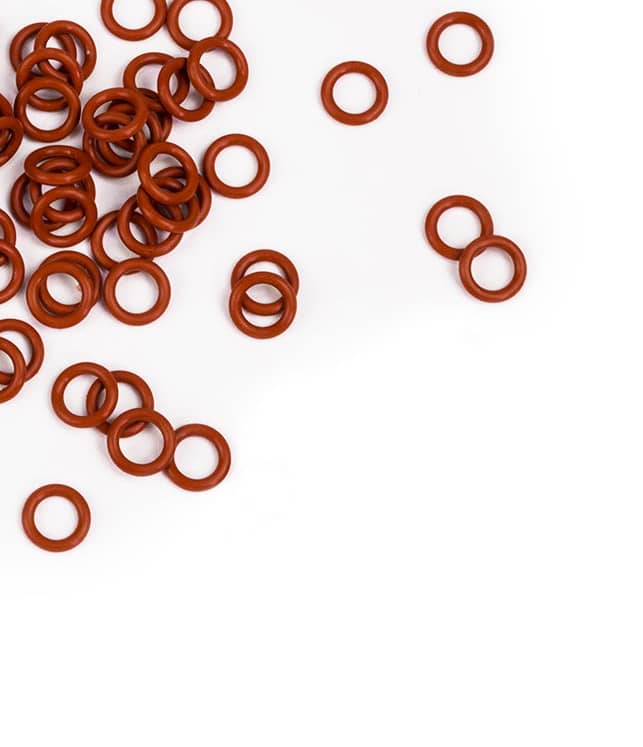Seals, gaskets, and o-rings are all key components to the success of hydraulic applications. Without these components, high pressure systems wouldn't be able to function. Selecting the right material, durometer, and temperature, and having a complete understanding of a hydraulic system allows engineers to ensure quality performance in every fluid power application. Consider the following:
Outside Factors
The demands placed on hydraulic systems are constantly changing as industries require greater efficiencies. Just as selecting the best hydraulic fluid requires a basic understanding of fluid characteristics, choosing the best sealing material requires an in-depth understanding of the factors that may influence performance, including:
- Temperature Range: All possible environments must be taken into consideration before selecting a material. Where will the application be used, and what types of climate will the application be exposed to?
- Fluid Compatibility: Choose the right polymer to ensure full and proper function. Fluids and seals should be checked to make sure they are compatible, and will not interfere with proper operation.
O-Ring Friction
The need to reduce o-ring friction is a major factor in product design for hydraulic valves and cylinders, pneumatic tools, and plumbing devices. There are two ways to help reduce o-ring friction.
- Evaluate the o-ring and gland conditions. Many times, a gland width may not be large enough to allow space to accommodate the o-ring volume. This is a crucial factor in proper o-ring function. Reducing seal squeeze will decrease the overall seal friction.
- Introduce lubricity to the seal material. Lubricants that are compatible with system components are extremely helpful in reducing friction. They are great for dynamic applications where the rubber seal is moving during use.
A Standard O-Ring Can Be Used For Non-Circular Grooves
An o-ring provides a simple and economical solution for an axial face seal gasket. For non-circular grooves, circular o-rings can be formed to fit. In order to use a standard circular o-ring, the inside corner radius of the groove should not be less than three times the o-ring cross section diameter. Just be sure to use the recommended gland design for static axial seals.
O-Ring Cross Sections May Not Always Be Circular
When initially removed from the hardware, the o-ring may be oval-shaped. It is the deformation of the o-ring that creates the seal. When squeezed, the cross-section of the o-ring resists with a normal force – this force creates the initial barrier for sealing. As the o-ring continues to function in the hydraulic application, the stress in the rubber material will begin to relax. This relaxation or permanent deformation is called compression set.
The Right Hydraulic Seals Begin With The Proper Material
O-Rings are affordable, simply produced, and have versatile applications. They function well under diverse environments due to the diverse scope of material used in their fabrication. Understanding the range of materials available will help in determining which material is most appropriate for a given application. Material options include:
- Nitrile (Buna-N)
- Ethylene Propylene
- Fluorocarbon
- Neoprene
- Polyurethane
The Majority Of Hydraulic System Failures Are A Result Of Contamination
Making sure you have new oil filtration systems in place, and management to monitor contamination, will help in keeping systems clean. Remember to do the following:
- Proper fluid selection for a system – know your environment
- Proper fluid handling, including storage
- Regular system maintenance
Other considerations of note:
- Hydraulic applications may require frequent design improvements
- Chamfering is key in hydraulic and pneumatic applications
- When sealing end caps, radial seals are superior to axial seals
- It's normal for rubber to initially stick to an application
Start your next project with an Apple Rubber design engineer.
